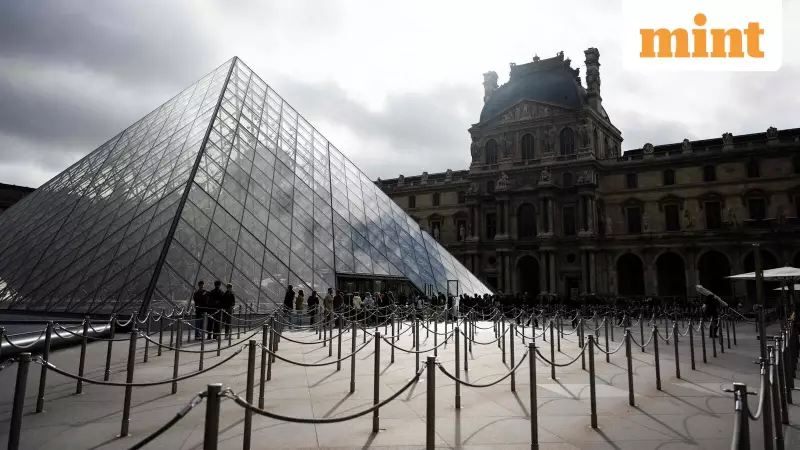
A damning audit report has revealed startling revelations about the Louvre Museum's security protocols in the years preceding a major art heist that shook the art world. According to the findings, the prestigious institution deliberately cut corners on security infrastructure to redirect funds toward expanding its art collection.
The Costly Trade-Off: Art Over Security
The comprehensive audit investigation uncovered that Louvre administrators made conscious decisions to scale back security investments between 2016 and 2019. This period of financial reallocation saw millions being diverted from essential protection systems to fund new art acquisitions and exhibition projects.
"The museum's leadership chose to prioritise expanding their collection over protecting the existing one," the audit report stated, highlighting the fundamental flaw in the institution's risk management strategy.
Vulnerabilities That Invited Trouble
The security compromises created multiple weak points throughout the museum complex:
- Outdated surveillance systems with blind spots in critical exhibition areas
- Insufficient security personnel during off-peak hours and night shifts
- Delayed upgrades to alarm systems and motion detection technology
- Inadequate protection for secondary entrances and storage facilities
The Heist That Exposed Everything
These security shortcomings culminated in a brazen theft where perpetrators exploited precisely the vulnerabilities identified in the audit. The stolen artworks, whose value remains confidential due to ongoing investigations, included pieces from a less-secured wing that had been flagged as high-risk in internal assessments.
"This wasn't a sophisticated operation," noted a security expert familiar with the case. "The thieves simply took advantage of known weaknesses that the museum had chosen not to address due to budget constraints."
Aftermath and Reforms
Following the heist and the subsequent audit revelations, the Louvre has initiated a comprehensive security overhaul. The museum administration now faces increased scrutiny from cultural authorities and must implement mandatory security protocols before any future art acquisitions.
The scandal has prompted broader conversations within the international museum community about balancing expansion ambitions with fundamental security responsibilities. Many institutions are now re-evaluating their own security budgets and risk assessment procedures in light of the Louvre's costly experience.
As the Louvre works to restore both its security systems and its reputation, the audit serves as a stark reminder that even the world's most prestigious cultural institutions cannot take protection for granted when financial priorities become misaligned.





